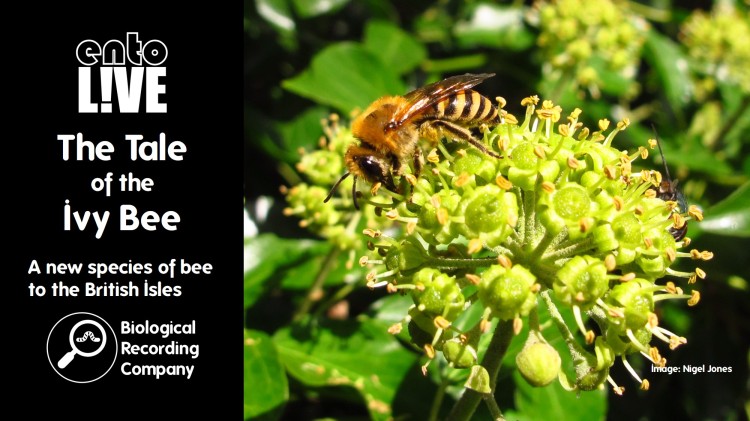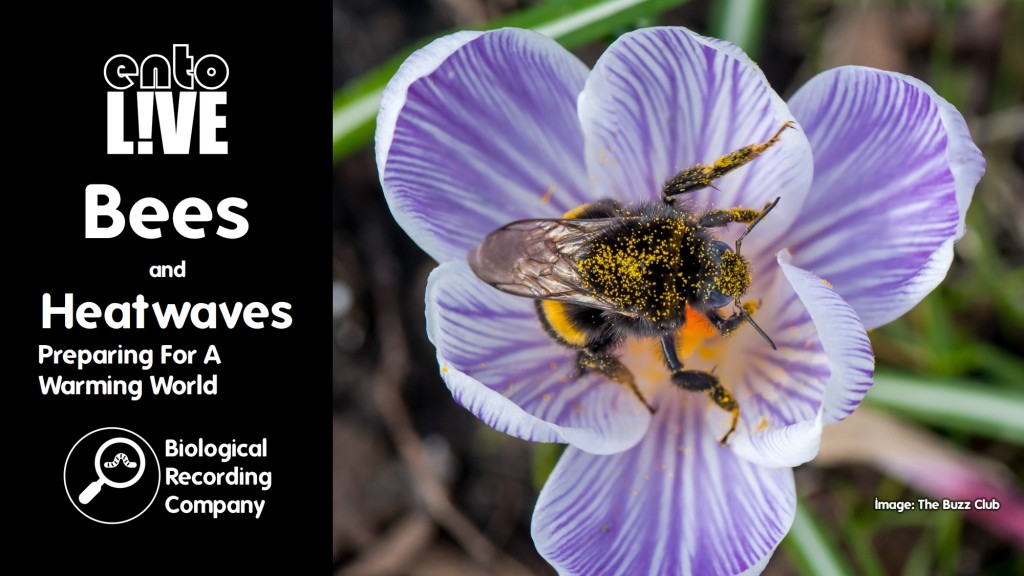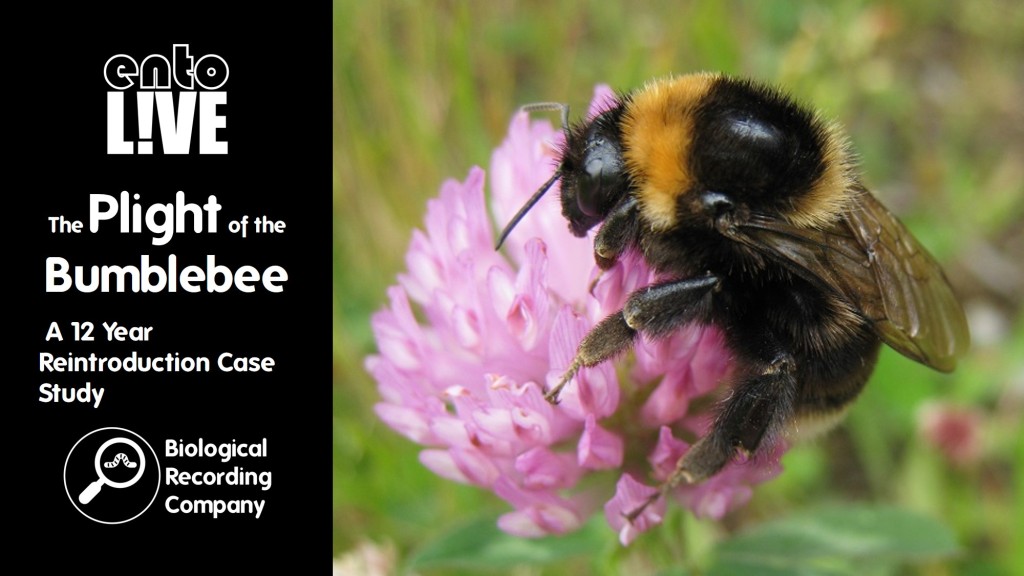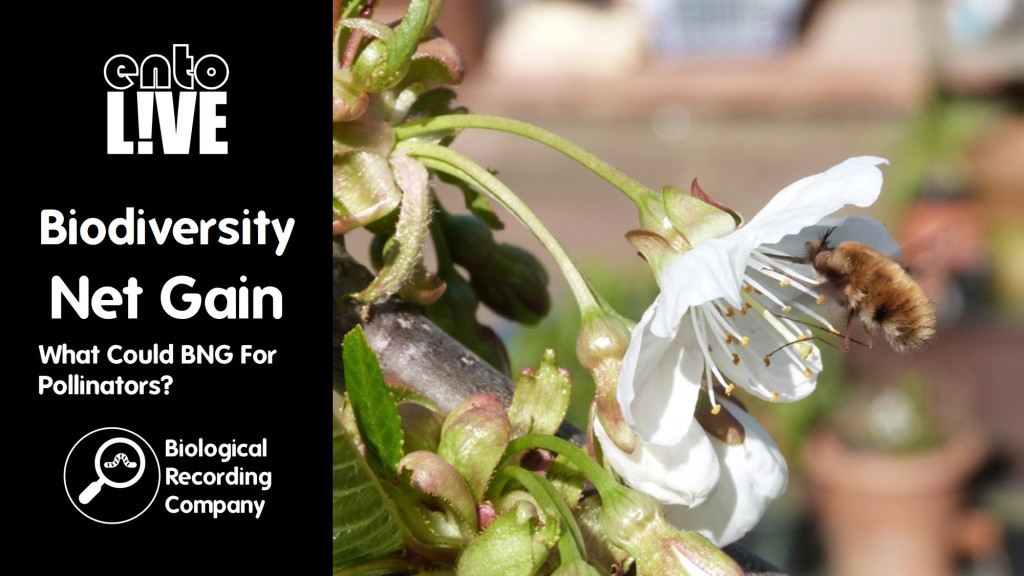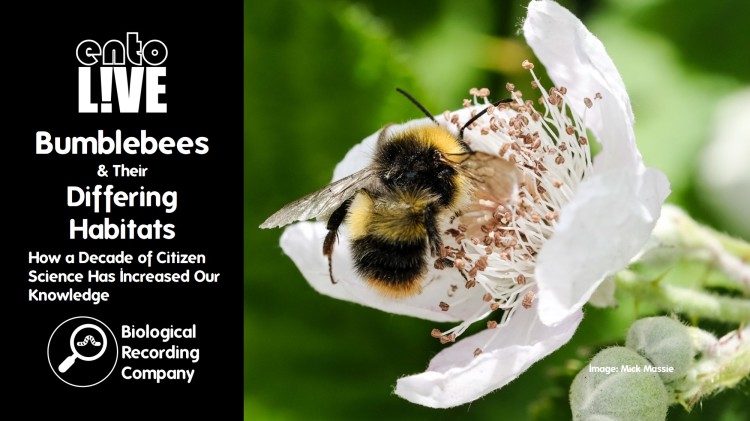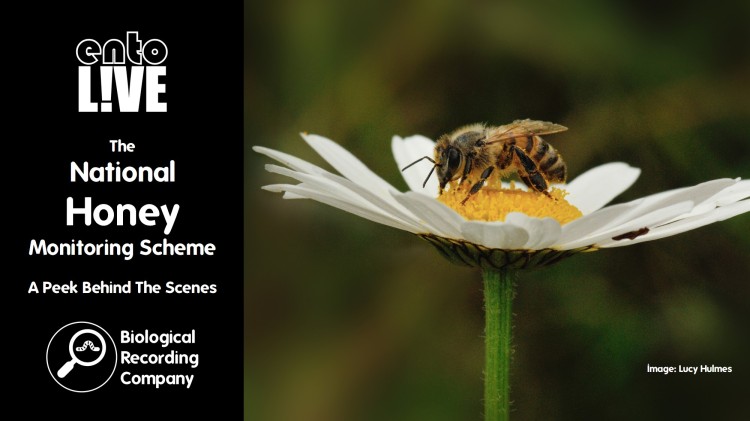The National Honey Monitoring Scheme (NHMS) was set up to monitor the health of the UK countryside, by working with beekeepers to determine the forage patterns of honey bees and to measure their exposure to agricultural pesticides whilst foraging. Jenny will take us behind-the-scenes of NHMS – from sample collection, through lab processing, to sequencing – to understand how honey is used to find out what plant species honey bees have been visiting. She will present some preliminary results from pollen analysis of 2019 honey samples, and give an overview of Dr Ben Woodcock’s research on pesticide residues in honey.
Jenny Shelton is a Molecular Ecologist at UK Centre for Ecology & Hydrology whose interests in citizen science, pollinator diversity and beekeeping have culminated perfectly in running the NHMS!
Q&A with Jenny Shelton
- Does this mean that the days of using microscopes for identification are over?
This type of analysis very much complements, rather than replaces, identification using microscopes. Quite a few of the beekeepers that take in the scheme also send us their own reports of their recordings from the microscopy. It’s really useful to validate what we’ve been finding, but every so often they’ll report things that haven’t shown up in our analysis and we can then go and do a bit of a data dive. Normally this is because the ITS2 sequence is too large for our sequencing platform – so sequencing is not always perfect. This might be because the missing plant has a longer ITS2 sequence that we haven’t been able to sequence, or the sequence is missing from our reference database, so it is good to be aware of these occurrences. Pollen identification with microscopes is a very important skill that we need to retain! - Has the species list from your analyses been compared with the local flora for sample sites?
There’s a team at the UK Centre for Ecology & Hydrology that checks over the species list, thinking of land use and species distributions, to ensure there’s nothing on the list that doesn’t make sense and would be completely spurious. - Do honeybees collect pollen from all non-native/invasive plant species or would there be some plants that you wouldn’t be able to record the spread of because the bees don’t pollinate them?
This is a really good question and something that I personally think we should analyse once we have gotten all of the data together. At the moment we’ve only really got as far as what is there, but it would be great to look into what is not there and cross-reference this with lists of ornamental species that we know are sold commercially and are likely to be present. Understanding which species are present but not turning up in our pollination records suggests that the bees can’t use them for some reason, such as flower structure. - Is there evidence that bees that are relying on a small number of plant species are detrimental to the longevity or health of a hive?
This is not something that we have shown from our research at the moment, but it is the general hypothesis and what we’d expect to see. As both a beekeeper and bee researcher, the thought is that hives are less likely to survive the winter and be prone to colony collapse disorder if they are feeding on a mono-crop. - Are you measuring glyphosate in honey?
My colleague Ben leads on the pesticide research and I’ve not seen the full list of chemicals tested for, but I’d be surprised if that one isn’t in there.
- Can we support bees if we only have a small or paved outdoor space?
Putting as many potted plants and hanging baskets in the space as you can fit is still really helpful for pollinators. You can use climbers like honeysuckle across the fence. You could also possibly fit some flowerbeds in the borders and put up a bee hotel. There is a lot of guidance out there for people to garden for bees and other pollinators, for example, there are ‘Gardening For Bumblebees’ page on the websites of Bumblebee Conservation Trust and Buglife. My personal favourites for planting are borage and comfrey – they grow like weeds and will take off in any garden
Literature references
- Budge et al (2015) Evidence for pollinator cost and farming benefits of neonicotinoid seed coatings on oilseed rape https://www.nature.com/articles/srep12574
- Oliver et al (2021) Integration of DNA extraction, metabarcoding and an informatics pipeline to underpin a national citizen science honey monitoring scheme https://www.sciencedirect.com/science/article/pii/S2215016121000960
- Woodcock et al (2016) Impacts of neonicotinoid use on long-term population changes in wild bees in England https://www.nature.com/articles/ncomms12459
- Woodcock et al (2021) Neonicotinoid use on cereals and sugar beet is linked to continued low exposure risk in honeybees https://www.sciencedirect.com/science/article/pii/S0167880920303911
- Woodcock et al (2022) Citizen science monitoring reveals links between honeybee health, pesticide exposure and seasonal availability of floral resources https://www.nature.com/articles/s41598-022-18672-0
Further info
- National Honey Monitoring Scheme website: https://honey-monitoring.ac.uk/
- Bees, Wasps & Ants Recording Society: https://www.bwars.com/home
- Gardening For Bumblebees (Buglife): https://www.buglife.org.uk/get-involved/gardening-for-bugs/gardening-for-bumblebees/
- Gardening For Bumblebees (Bumblebee Conservation Trust): https://www.bumblebeeconservation.org/gardeningadvice/
entoLIVE
- Upcoming entoLIVE webinars: https://www.eventbrite.com/cc/entolive-webinars-74679
- If you’d like to donate to the entoLIVE programme, you can do so through the GoFundMe campaign: https://gofund.me/a699e0df
- Subscribe to the Biological Recording Company YouTube channel: https://www.youtube.com/@biologicalrecordingcompany
entoLIVE is only possible due to contributions from our partners and supporters.
- Find out about more about the British Entomological & Natural History Society: https://www.benhs.org.uk/
- Check out the Royal Entomological Society‘s NEW £15 Associate Membership: https://www.royensoc.co.uk/shop/membership-and-fellowship/associate-member/



